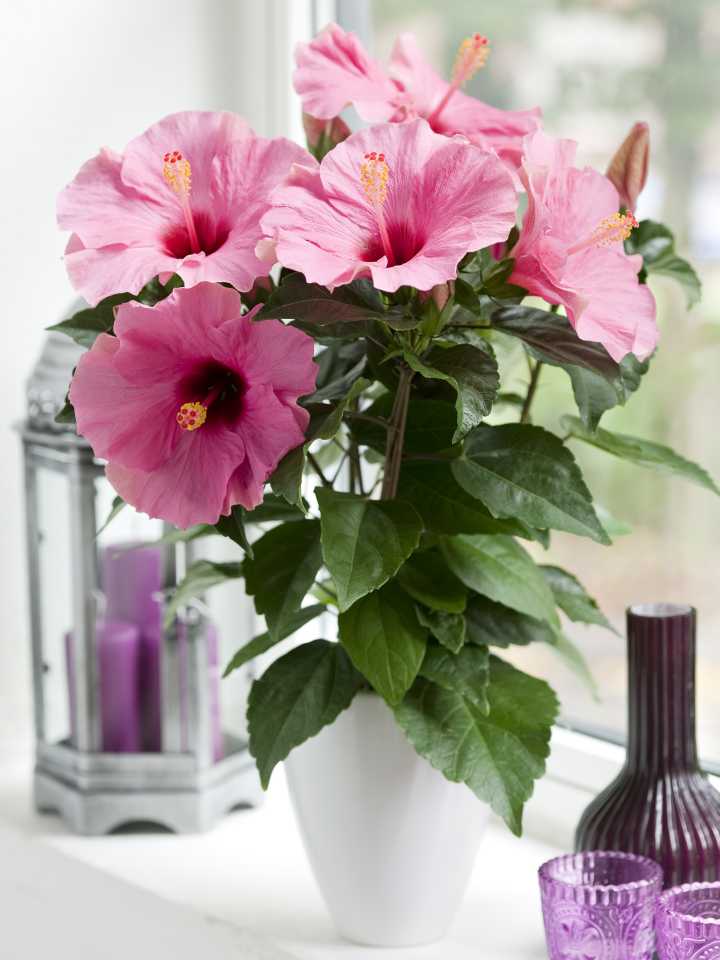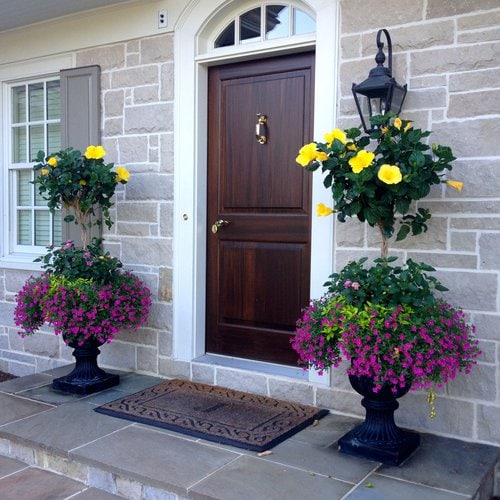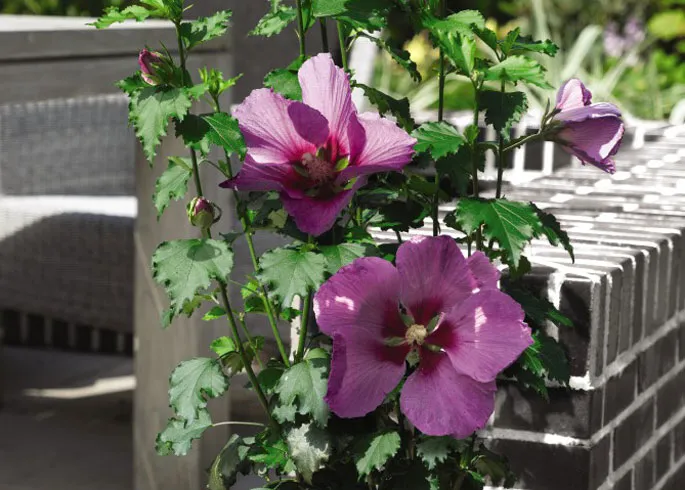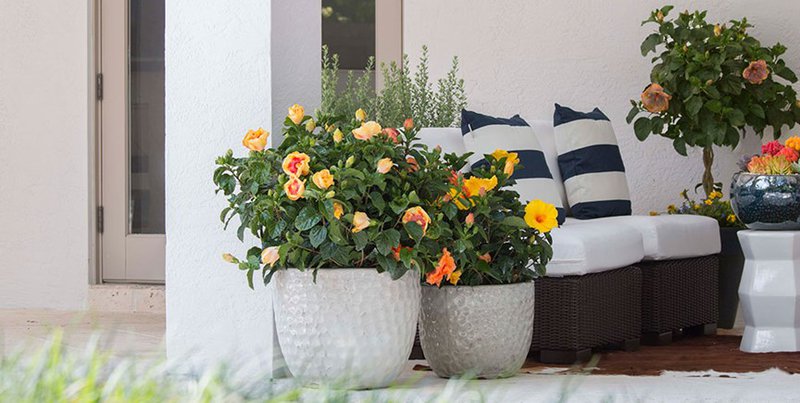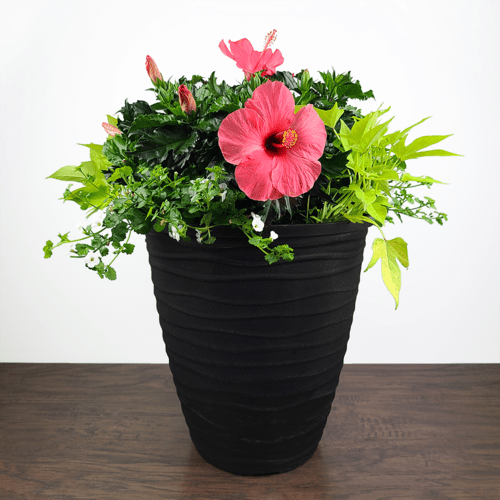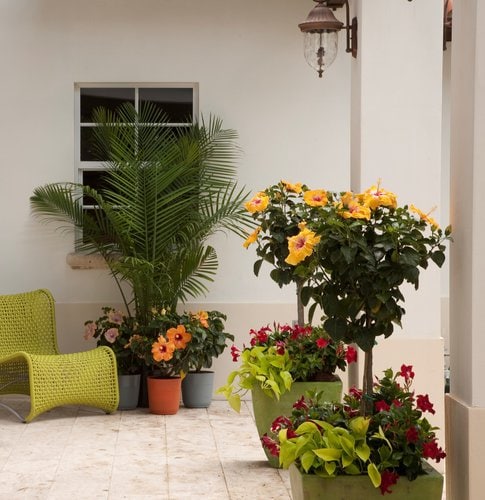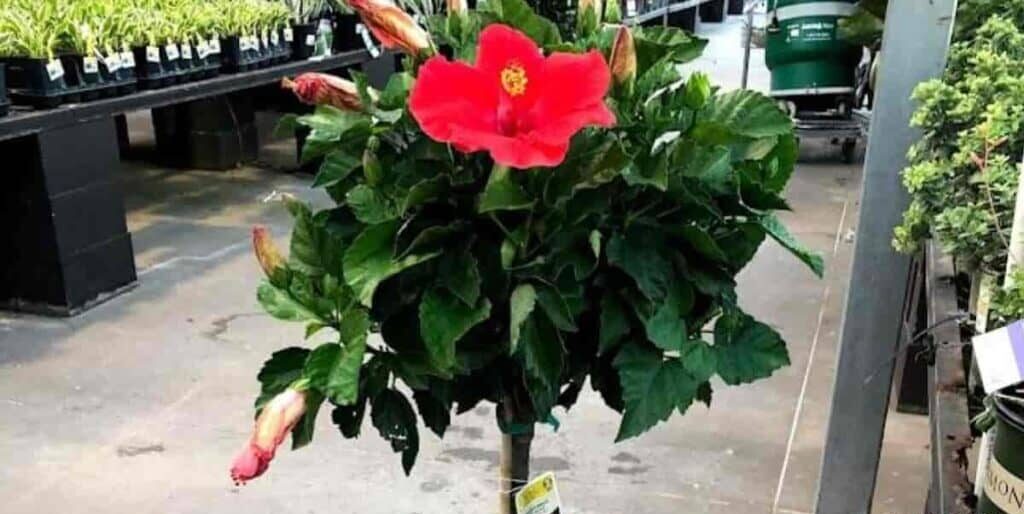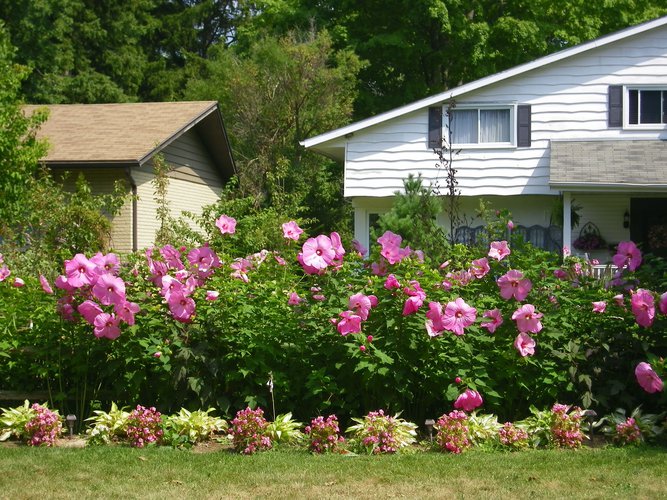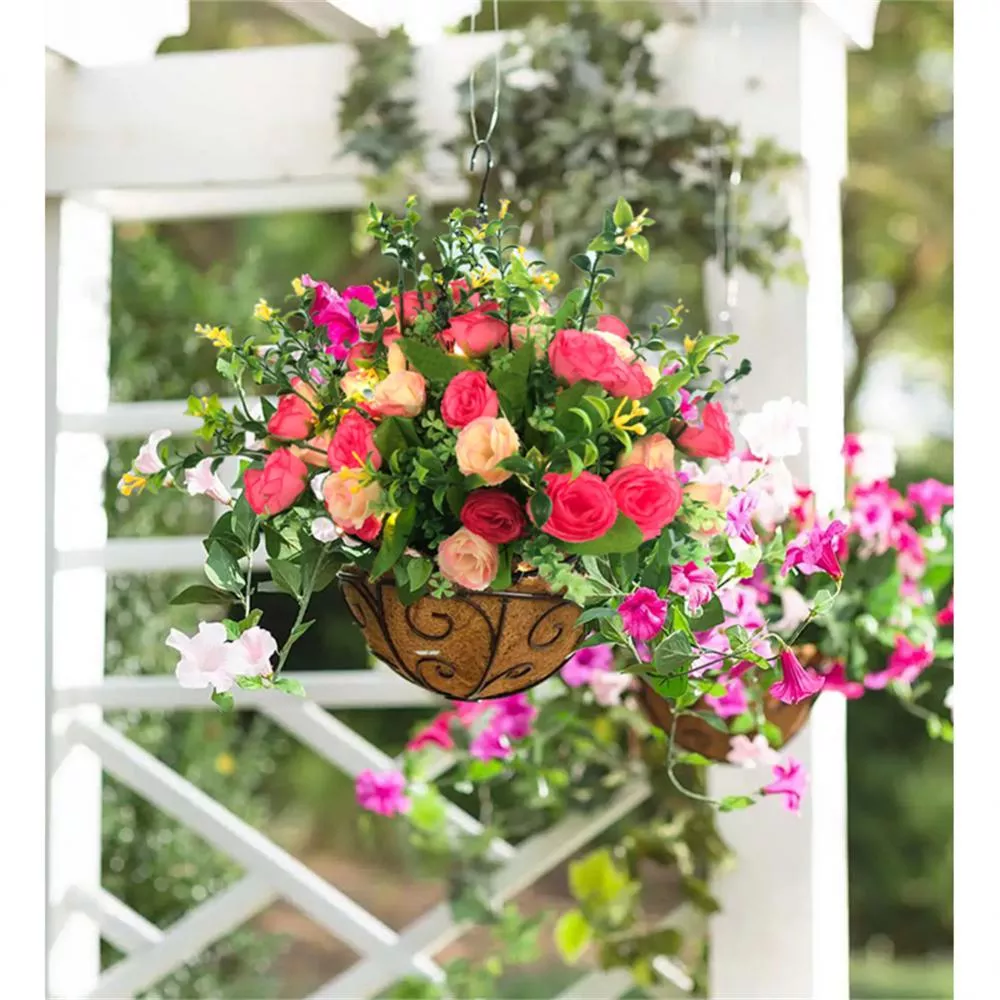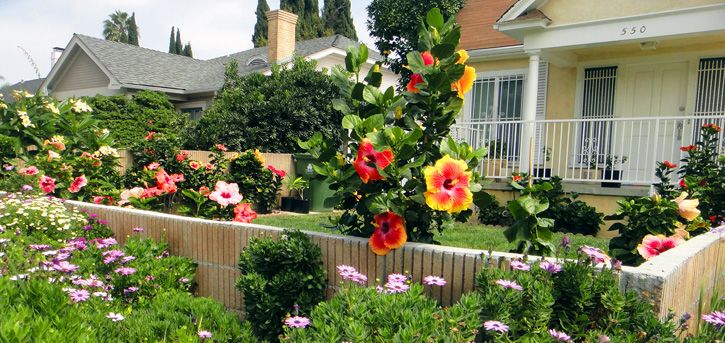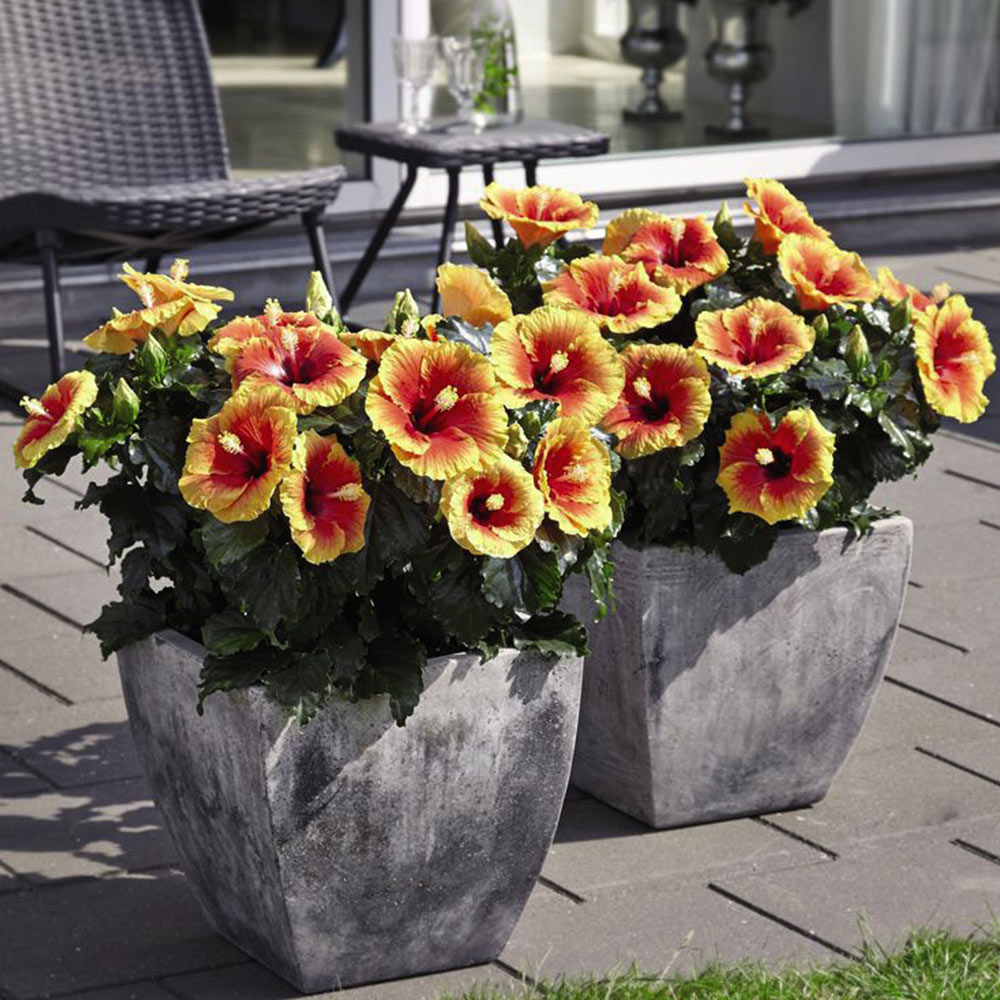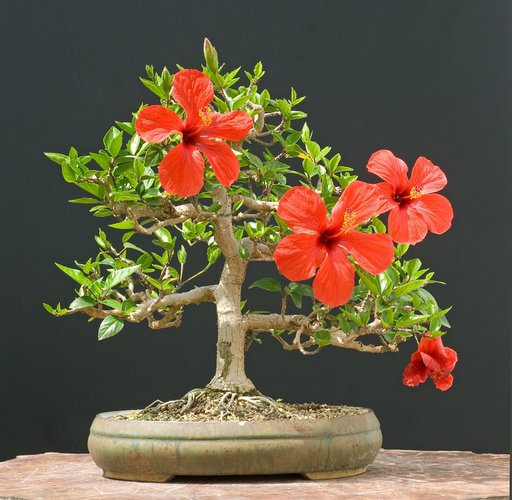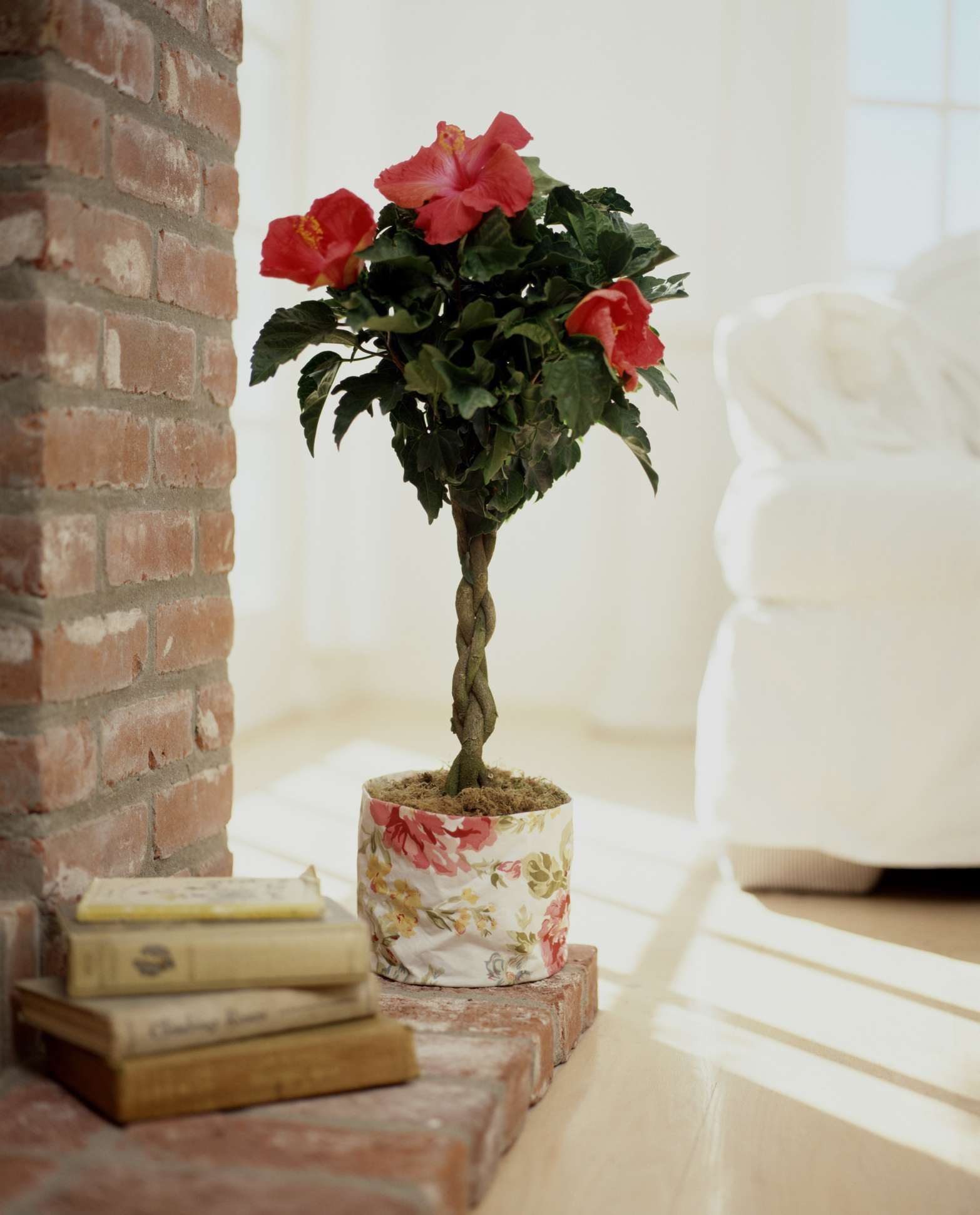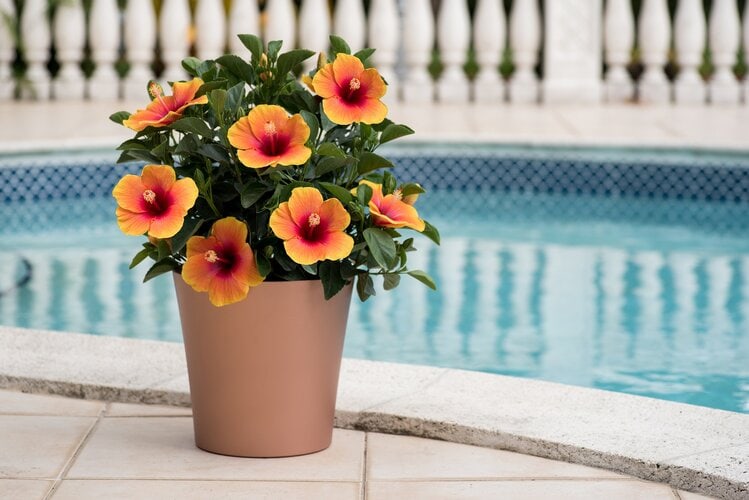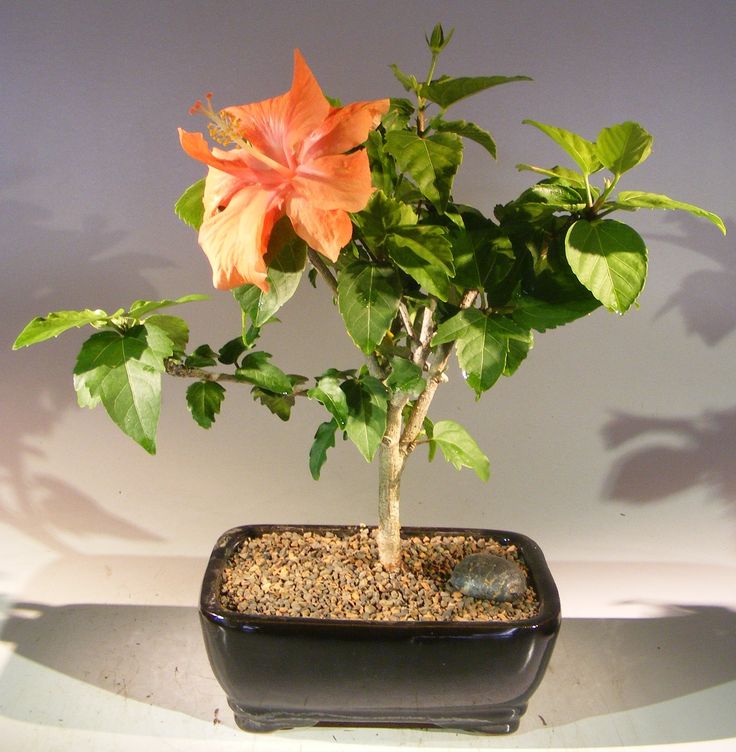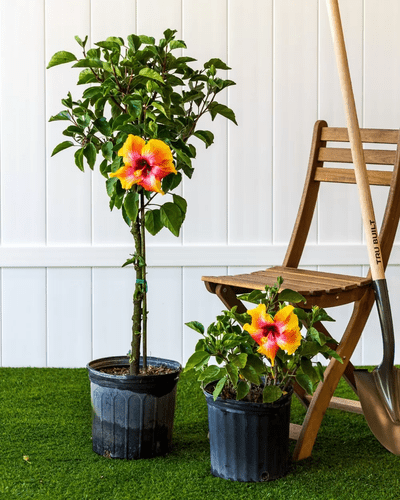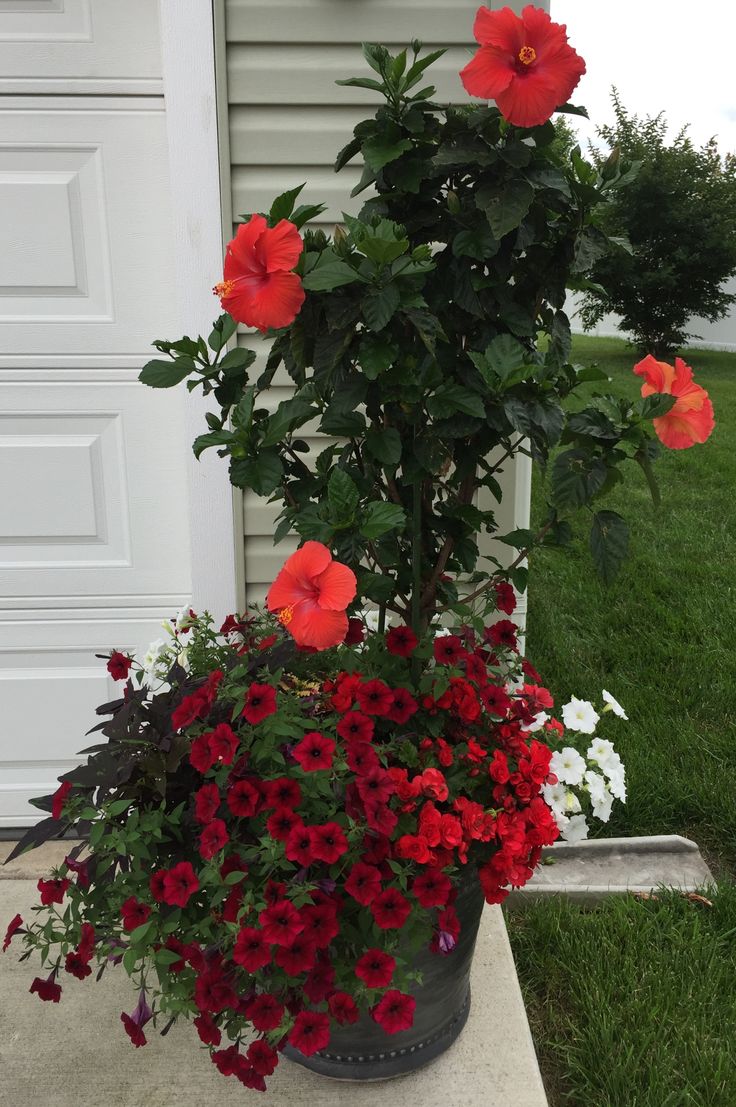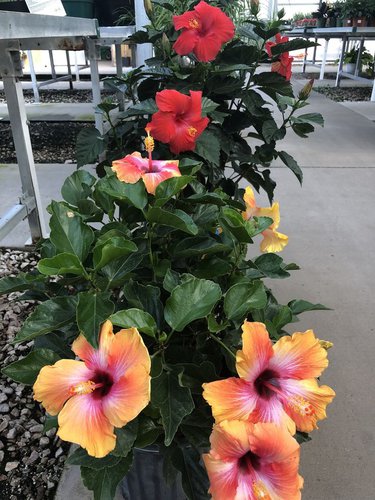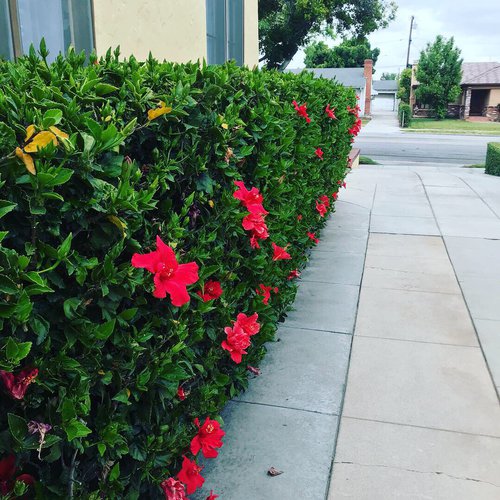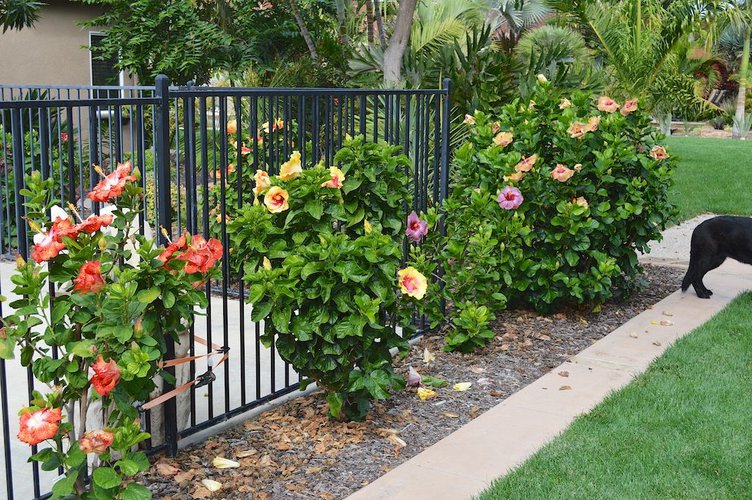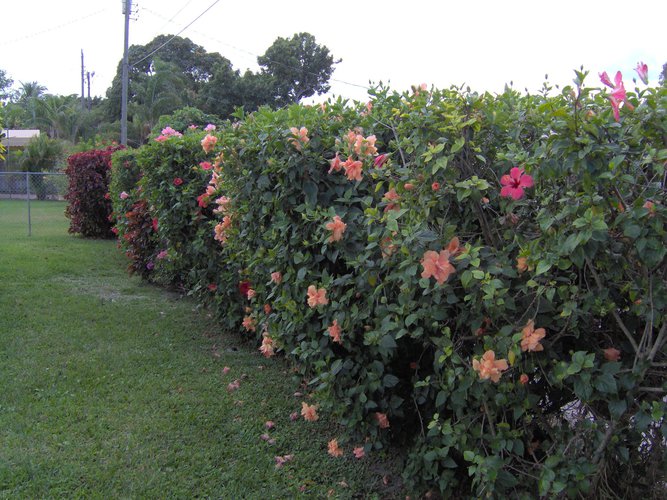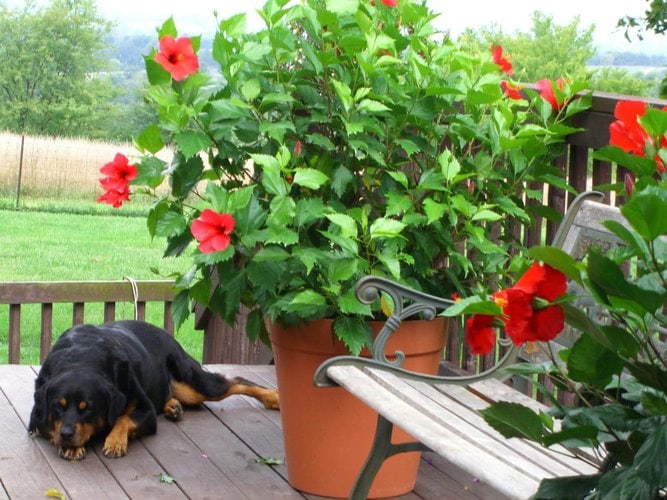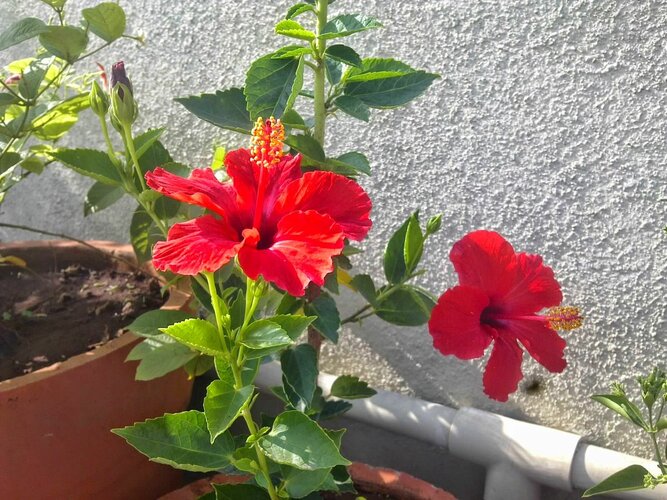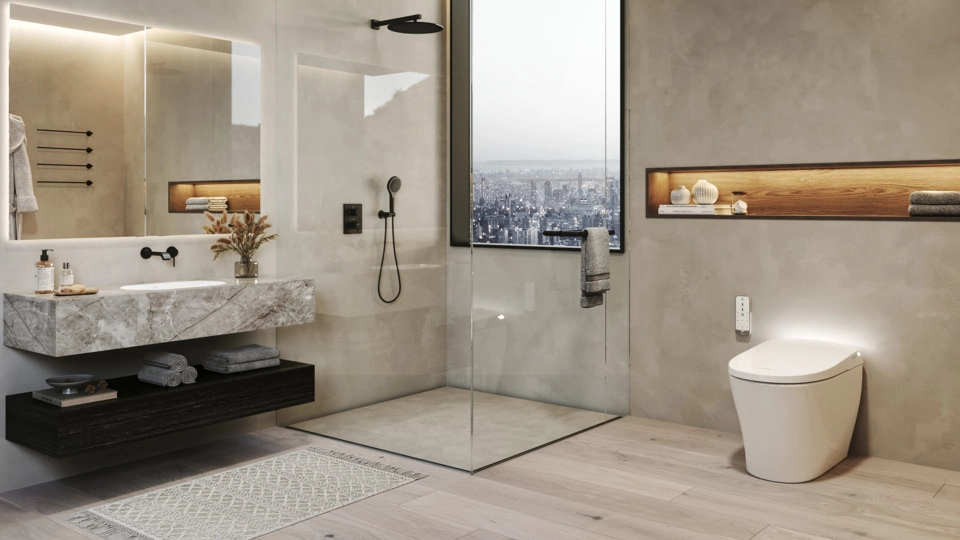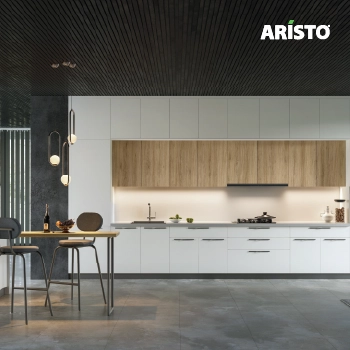Hibiscus plants belong to the Mallow family, Malvaceae and are one of the most common ornamental flowering plants. The Hibiscus family has over 200 plant species, each different in size, shape, and colour. Hibiscus plants are mainly of two types, tropical and hardy. Large flowers with beautiful looks get preference from gardeners for landscaping options and perennial flowering. Hibiscus plants adapt to most growing conditions and thrive in gardens or balconies. The hybrid hibiscus flowers add colour to your green corner growing in pots and planters, as creepers or trees. These prized ornamental flowers have symbolic, religious, and cultural associations in India and other South Asian countries. Hibiscus flowers, leaves and other parts have numerous medicinal, decorative and cosmetic uses. If you want to use Hibiscus plants to decorate your homes, read along to find out the ten most beautiful types of Hibiscus flowers and their growth, propagation, care, and design tips.
Types of Hibiscus
Hibiscus plants are of two types, Hardy and Tropical.
Hardy Hibiscus
The amazingly perennial Hibiscus plant is easy to care for, grow and propagate. Varieties of gorgeous blossoms of Hardy Hibiscus show off stunning hues most of the year and bloom in winter when it is not freezing. The plant adapts well in marshy meadows and wet flood plains.
Hardy varieties are a gardeners’ delight and propagate as hybrid flowers. Thus, there is no end to the variety in colour, fragrance and shape of the whorls of the Hibiscus flower.
Flower lovers are dazzled by the 10-inch wide show-stopping hibiscus blossoms adorning the plants in season. Hardy Hibiscus plants go dormant in winter but grow back next season with more blooms without needing many nutrients. The versatile plant thrives in moist conditions and blooms in garden soil and pots.
| Also see: Peace lily plant care & styling: Ideal guide to grow indoors (Buy it!) |
Top five Hardy Hibiscus
White Chiffon
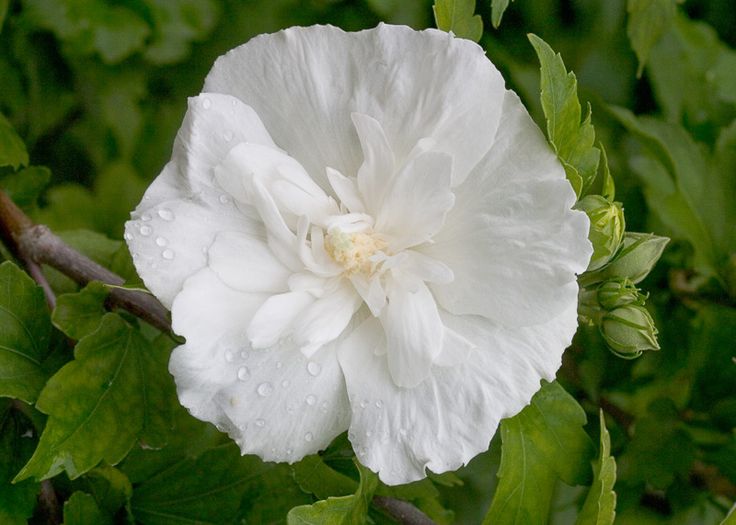
Image Source: Pinterest.com
This bushy deciduous Hibiscus shrub boasts eye-catching blooms that are notable for their size and double layer. The flower grows up to 10 cm with outer petals surrounding small stamens. White Chiffon’s flowering lasts the whole of summer to autumn. Therefore, White Chiffon can be a beautiful addition to garden borders as the white flowers look amazing among ovate green leaves. The plant thrives better in medium moisture and well-drained soil. However, Hardy Hibiscus can survive in poor soil conditions and is best for garden screens and ornamental hedges.
| Also see: Bonsai tree: Guide to grow top 12 plant species (+Buying options) |
Swamp Rose Mallow
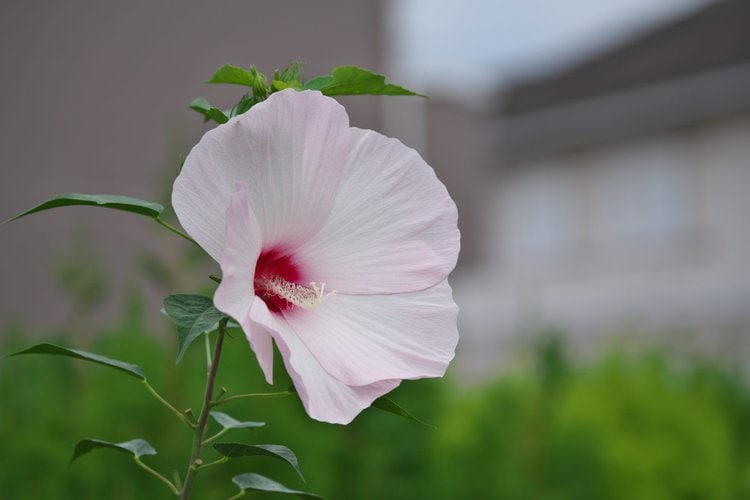
Image Source: Pinterest.com
Commonly called Rose Mallow, this vibrant hibiscus flower plant is a herbaceous perennial that grows 5 to 7 feet tall.
A native of wetlands and abundant in the USA, it has found new homes around the globe. Rose Mallow loves the sunny side, moisture-rich loamy soil with organic material. This variety serves as garden screens and thrives well in large containers. The eye-catching blossoms are distinctive in glossy white petals and a dark burgundy centre.
Lord Baltimore
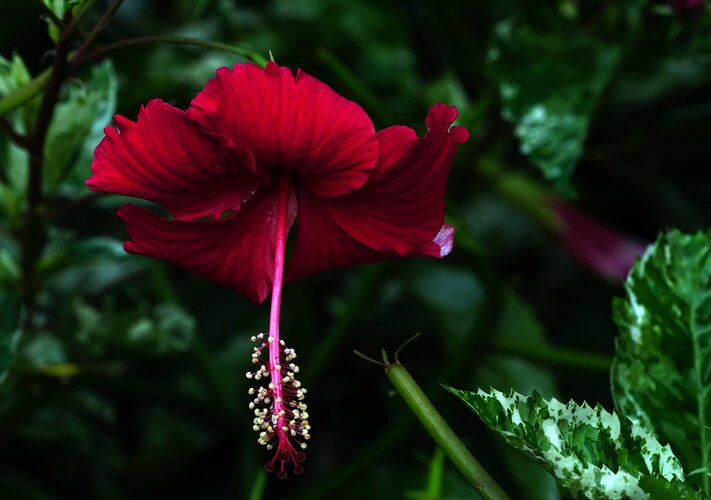
Image Source: Pixaby.com
This hardy Hibiscus thrives in average to medium wet soil and loves the sunny climate. The deep red blooms love rich organic soil but can survive in ordinary garden soil when watered well and grow up to 4 to 5 feet tall.
Conspicuous signature petals of Lord Baltimore are the size of dinner plates resembling Hollyhock flowers and stunning crimson with a prominent central stamen. Therefore, Lord Baltimore Hibiscus plants look better as borders and accents in landscaping.
| Also see: How to grow, care for & decorate with Areca Palm? (+Buying options) |
Berry Awesome
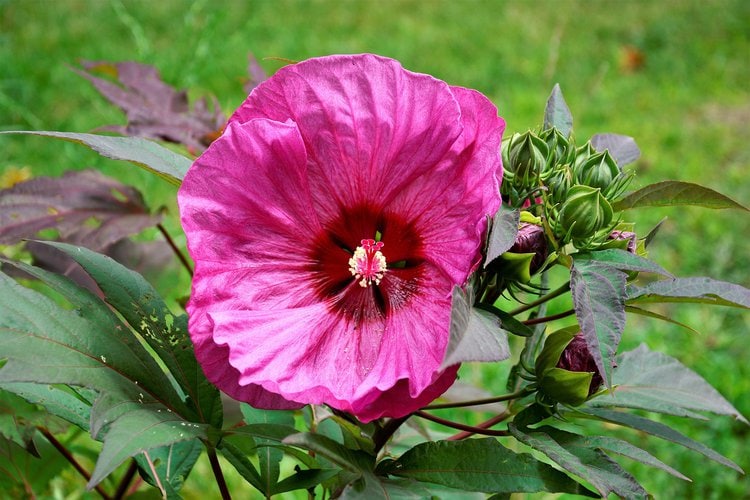
Image Source: Pinterest.com
This summer, perennial Hibiscus looks beautiful when planted in borders. The stunning lavender-pink petals make them immensely attractive. Berry Awesome plant has a high growth rate, matures fast, prefers moist conditions and loves good watering, thriving in well-drained soil. However, it grows best in moisture-laden climates attracting hummingbirds and butterflies. The blooms proliferate from mid-summer to autumn.
Luna White
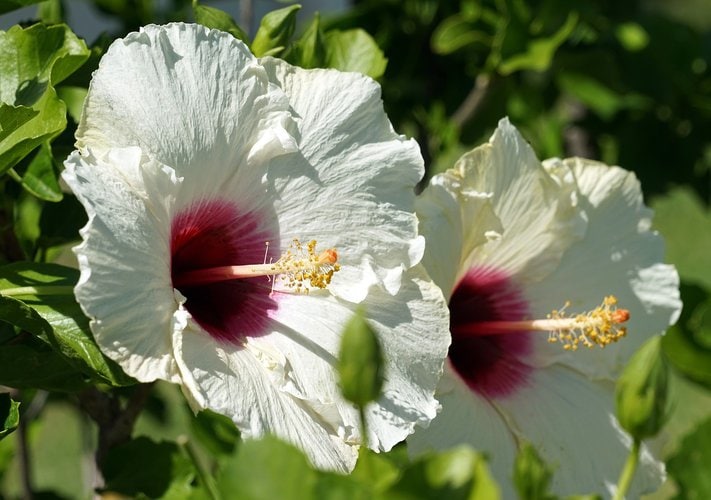
Image Source: Pinterest.com
The unique white hibiscus flowers add a pristine touch to the garden and the flowering season is from summer to autumn. White petals surrounding the dark red centre look attractive in contrast to the abundant foliage. Luna White is a hardy hibiscus plant propagated in containers to suit balcony gardens. The blossoms act as magnets for birds and butterflies.
| Also see: Petunia: A handbook on planting, caring, varieties & decor ideas |
Tropical Hibiscus
The plants are native to Asia, presenting dramatic, showy flowers that grow up to 6 inches in diameter. However, the flowers have a short lifespan wilting by the evening. Tropical hibiscus plants grow well in gardens reaching heights up to 15 ft. The plant can be grown in containers and pots to add colour to indoor decoration in colder climate zones. So, they are popular as ornamental borders. The hibiscus flowers are an eye-catching option in landscaping. Tropical Hibiscus plants love sunshine and well-watered organic soil. However, they do not thrive well in cold climates.
Top five Tropical Hibiscus
Black Dragon
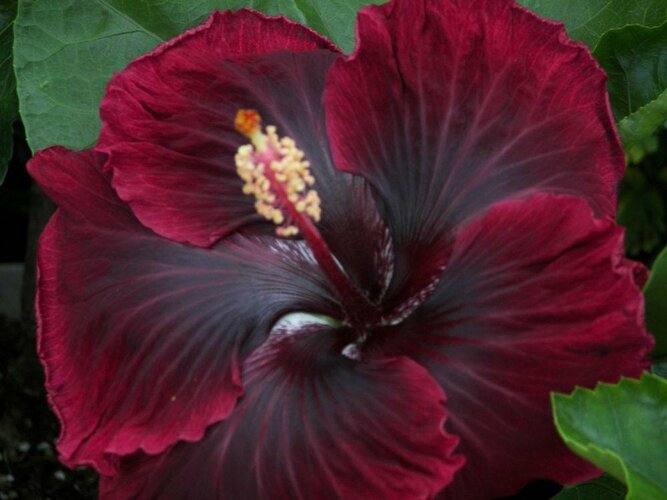
Image Source: The National Gardening Association
These stunning dark burgundy hibiscus flowers come with a dark eye centre, and the impressive blossoms grow up to 8 inches in diameter. The plant loves to bask in the sun and needs water daily. Black Dragon planting season begins in March, and the blooms show in July, lasting up to October. However, in a cold climate, the plants need protection in conservatories.
Hawaiin Sunset
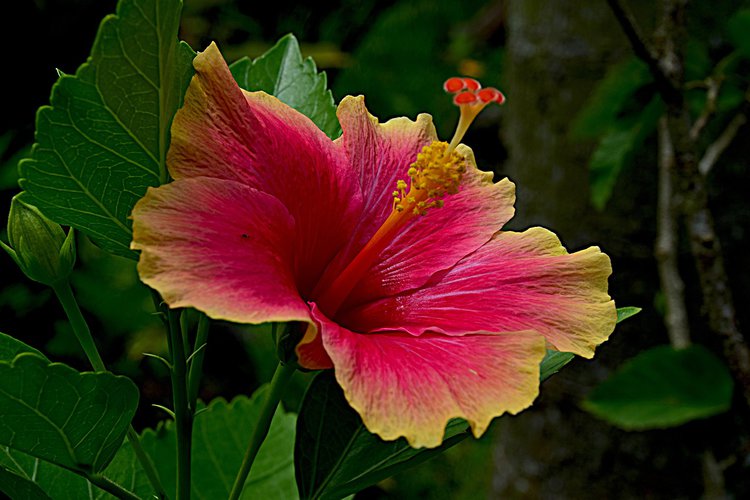
Image Source: Peter Franke
This prolific Hibiscus plant variety shows off large sunset colour flowers. Living up to its exotic name Hawaiin Sunset, the flower bursts with an orange centre that fades into a lavender skirt with a peach-yellow edge. The tropical Hibiscus loves the sun and well-drained soil rich in organic matter. Hawaiian Sunset flowers are edible and can grow up to 1-2 m and 2m wide.
Nairobi
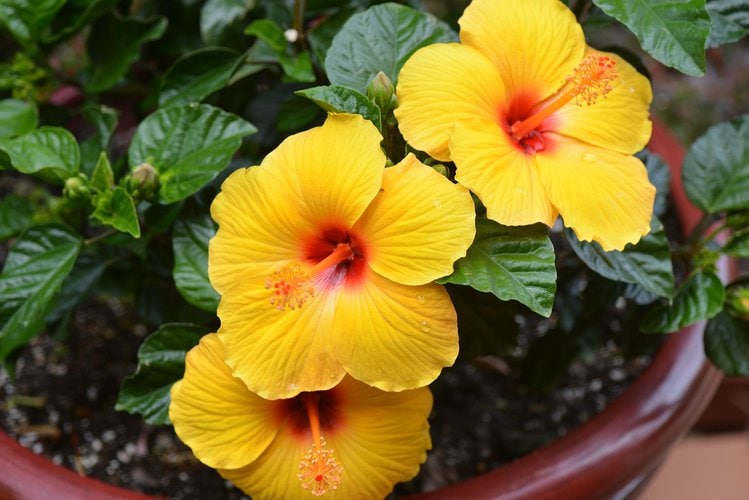
Image Source: Sharon Shtreet
The rare tropical Hibiscus plant boasts single hibiscus flowers in warm pumpkin hues with a maroon red eye. Nairobi Hibiscus plant thrives in direct sunlight, needs medium watering, and grows best in tropical and subtropical landscapes. They are suitable for hedges and accent plants. Plants in containers should have drainage and airflow holes.
Painted Lady
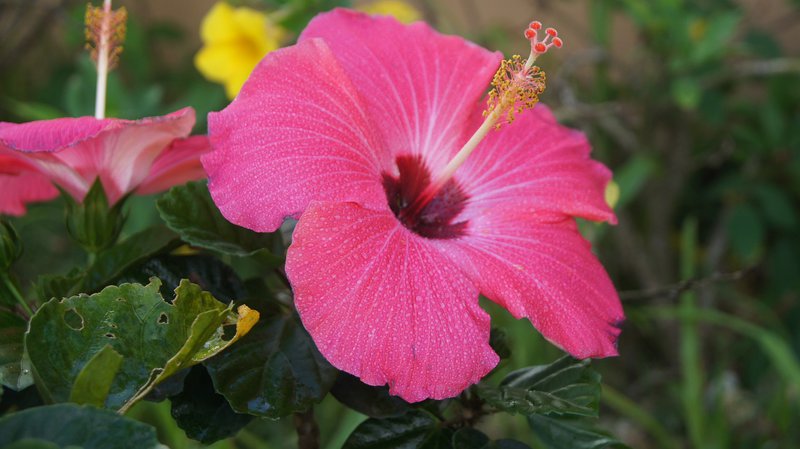
Image Source: jah9teen
The stunning Painted Lady Hibiscus flowers sport brilliant rose-pink blossoms. A sturdy plant that thrives with little care and regular watering in the growing season. However, container-grown hibiscus plants require deep water flushing to drain salt buildup. The Painted Lady variety of Hibiscus needs nutrient feed during summer and protection from drafts and temperature fluctuations. Potted Painted Lady Hibiscus plants should be kept indoors in winter as they suffer in cold weather.
Eye of Kali
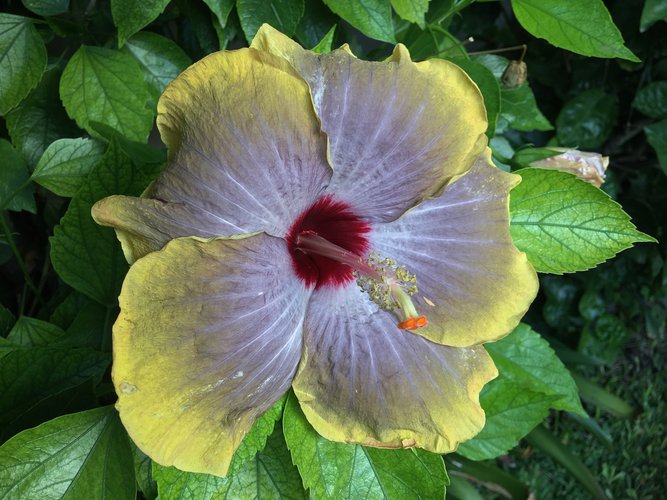
Image Source: Ellen Lackner
The 6 to 8 inches brilliant yellow Tropical flower sports a red eye circled in a pink hue with showy yellow stamen. Eye of Kali thrives in pots on the balcony or patio and can reach up to 6 to 8 feet. Ideally, the plant loves indirect light and requires moderate watering. Hence, it is easy to take care of this hibiscus plant.
How to plant and propagate Hibiscus
Potting/soil/containers
Hibiscus plants thrive well in pots and containers, provided the potting soil is a well-drained potting mixture. Therefore, it should have compost, perlite and vermiculite. Take care to keep the first in a shaded area to get time to adjust to a sunny area. Planters and Pots should have drainage and air holes for the potted plant to grow well. Therefore, be regular in checking the soil for moisture levels.
Cutting
Hibiscus plants need pruning or cutting periodically. The proper time to prune is in spring or late summer but never winter. Pruning helps sprout new shoots. Hence, using sharp shears or cutters and leaving three to two nodes on the branch is healthier. Regular checking for sick branches and pruning them is helpful for good growth.
Drainage is crucial for Hibiscus plants. Therefore, to ensure the soil is well drained, keep checking periodically. Neglecting the drainage will prompt rotting roots and compact soil.
Fertilizing
Hibiscus plants need a lot of potassium and nitrogen. Water-soluble fertilizers specially formulated for good nutrition are best for these plants.
Caring for dying plants
Nothing can be worse than a plant dying despite care. Hibiscus plants need sunlight, moist soil, protection from drafts, humidity and consistent temperature. Also, you must watch out for wilting yellow leaves that indicate sensitive environmental conditions.
Reasons for dying
Many environmental causes affect the plant. The leaves turn yellow and fall off. However, Hibiscus plants love highly humid environments and are extremely sensitive to sudden changes in temperature, season and poor soil. Low humidity, excess wind, and dry season sap the moisture, and the leaves fall off. So yellowing of leaves is common during winter because the humidity is low. Air conditioning, drafts and low humidity indoors are harmful to the plant. Hence, proper care is required.
Some common causes for your prized plant dying or yellowing could be:
- Low humidity
- Fluctuating airflow
- The extreme difference between seasons
- Dry soil
- Saturated soil
- Extreme cold
- Fewer nutrients
- Little sunlight
- High phosphorous
Tips to revive
Here are some tips to revive the Hibiscus plant.
- Mist your Hibiscus plant with a sprayer to mimic humid weather conditions. This way, the layer of mist will keep the water level intact and prevent water loss in plants. Thus, the plant will survive droughts and low humidity.
- Take care to protect the plant from drafts from air conditioners or heat. Hence, choose a shaded area away from air conditioners and radiators.
- Be alert and check the soil to take good care of the hibiscus plant. Moreover, water daily to keep it moist, however, do not let it get saturated.
- If dry soil conditions are the culprit, you will need extra care to revive the Hibiscus plant. So, check the soil often and water thoroughly if it feels dry.
- Water with a good soak so that the plant can get nutrients properly. This also prevents the roots from growing on the surface, stopping vulnerability to droughts.
- Choose a pot large enough to take care of the hibiscus plant. Ideally, it should not be less than 12 inches wide and the same depth. Pots should contain good soil with rich compost.
- Ensure that the potting mixture is rich in organic matter and that the hibiscus plant gets all nutrients. So, the garden soil should be mixed and prepared with compost, manure and fertilizer. Hence you should add mulch to keep the water level intact after watering and taking care of the hibiscus plant.
- However, if you detect wilting leaves, repot the plant immediately in a larger pot. Ideally, adding mulch to garden soil between changes of seasons helps the plant to absorb nutrients.
- It is better to provide suitable fertilizer in measured amounts to potted and garden plants for healthy growth.
Ornamental uses of Hibiscus flowers (Image gallery)
Hibiscus plants are attractive landscaping accents, and the vibrant blossoms are great for festive home decor. Therefore, the bright blooms light up any drab corner creating a happy vibe. South Asian cultures use these flowers to add to celebrations and festivals. Here are some of the ways to use Hibiscus plants to decorate your home’s interiors and outdoors.
-
Image Source: Plantslive
-
Image Source: Pinterest.com
-
Image Source: Pinterest.com
-
Image Source: Costa Farms
-
Image Source: Moscarillos Garden
-
Image Source: Costa Farms
-
Image Source: Plant Care Today
-
Image Source: Maddie n Mills
-
Image Source: Lazada Phillipines
-
Image Source: Pinterest.com
-
Image Source: Suttons
-
Image Source: Abana Homes
-
Image Source: Pinterest.com
-
Image Source: Social Butterfly
-
Image Source: Abana Homes.
-
Image Source: PlantVine
-
Image Source: Pinterest.com
-
Image Source: Pinterest.com
-
Image Source: Pinterest.com
-
Image Source: Pinterest.com
-
Image Source: Pinterest.com
-
Image Source: Ugaoo.com
-
Image Source: Pinterest.com
Conclusion
The Hibiscus plants offer various flower types that are different in colour, shape, scent and growth period. Also, the plant survives with minimal care adding beauty to any location. Hence, flower lovers in Tropical areas can never go wrong when they choose these flowering plants for outdoor gardens or indoor pots. However, they have to take specific care of hardy and tropical plants.
With over 200 types, you get many options to choose from and plant your Hibiscus to add to your home decor.
The beautiful plant rewards you with plenty of flowers for almost a year if you select the year-round types. Hence, choose beautiful hibiscus plants from our above-mentioned list and forever bask in awe of your neighbours.
*The featured image used in this article is from Pinterest.com









